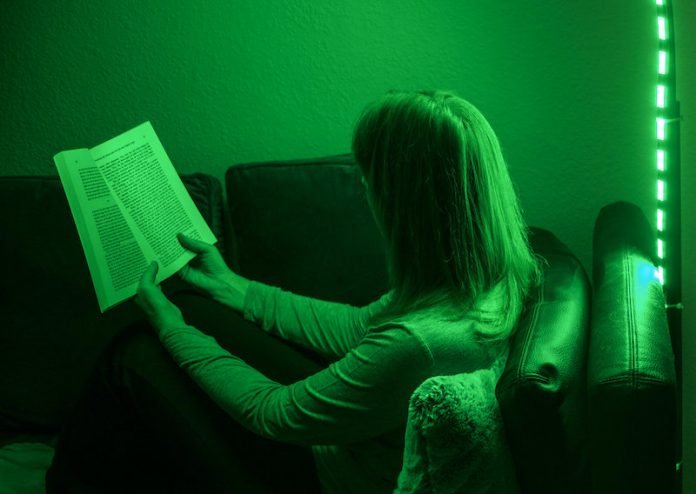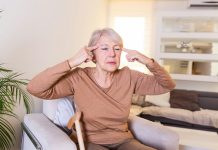
In a new study, researchers found that people who suffer from migraines may benefit from green light therapy, which was shown to reduce the frequency and intensity of headaches and improve patient quality of life.
This is the first clinical study to evaluate green light exposure as a potential preventive therapy for patients with migraine.
The research was conducted by a team at the University of Arizona.
According to the Migraine Research Foundation, migraine is the third most prevalent illness in the world, affecting 39 million people in the United States and 1 billion worldwide.
This initial clinical study included 29 people, all of whom experience episodic or chronic migraine and failed multiple traditional therapies, such as oral medications and Botox injections.
Episodic migraine is characterized by up to 14 headache days per month, while chronic migraine is 15 or more headache days per month.
During the study, patients were exposed to white light for one to two hours a day for 10 weeks. After a two-week break, they were exposed to the green light for 10 weeks.
They completed regular surveys and questionnaires to track the number of headaches they experienced and the intensity of those headaches, as well as quality of life measurements such as the ability to fall and stay asleep or to perform work.
Overall, green light exposure reduced the number of headache days per month by an average of about 60%.
A majority of study participants—86% of episodic migraine patients and 63% of chronic migraine patients—reported a more than 50% reduction in headache days per month.
The team says the average benefit was statistically significant. Most of the people were extremely happy.
When it came to the end of the study, the team offered them the option to keep the light, and 28 out of the 29 decided to keep the light.
None of the study participants reported any side effects of green light exposure.
The team says despite recent advances, the treatment of migraine headaches is still a challenge.
The use of nonpharmacological therapy such as green light can be of tremendous help to a variety of patients that either does not want to be on medications or do not respond to them.
The beauty of this approach is the lack of associated side effects. If at all, it appears to improve sleep and other quality of life measures.
One author of the study is Mohab Ibrahim, MD, Ph.D.
The study is published in Cephalalgia.
Copyright © 2020 Knowridge Science Report. All rights reserved.



